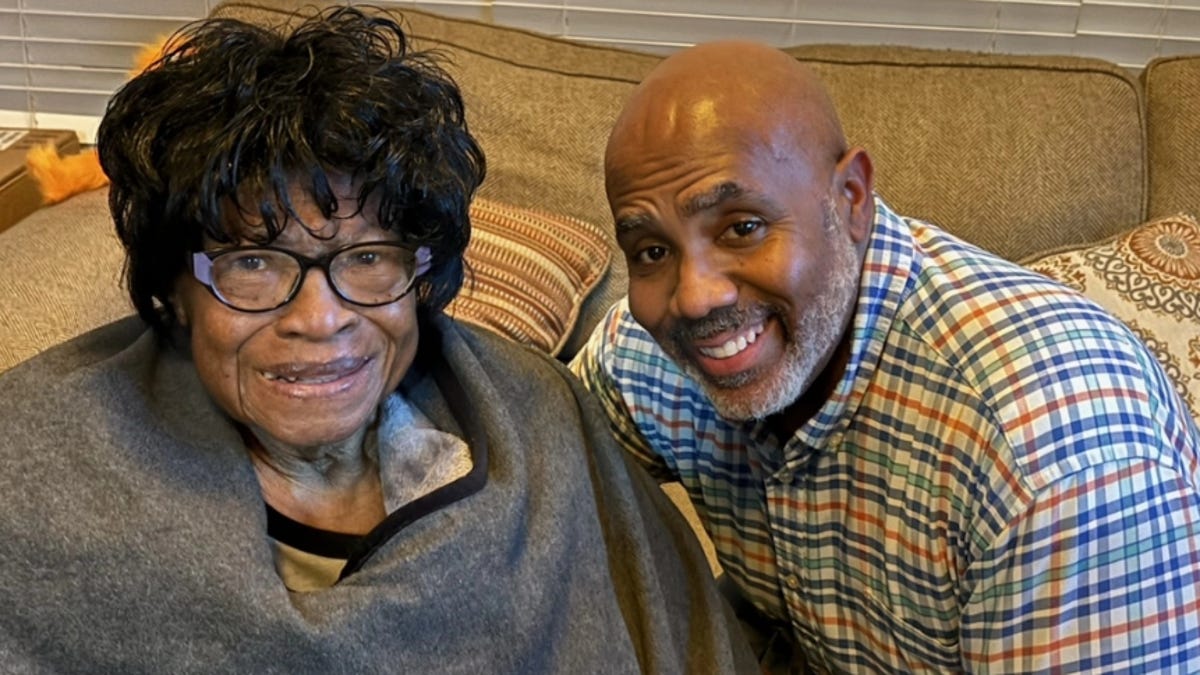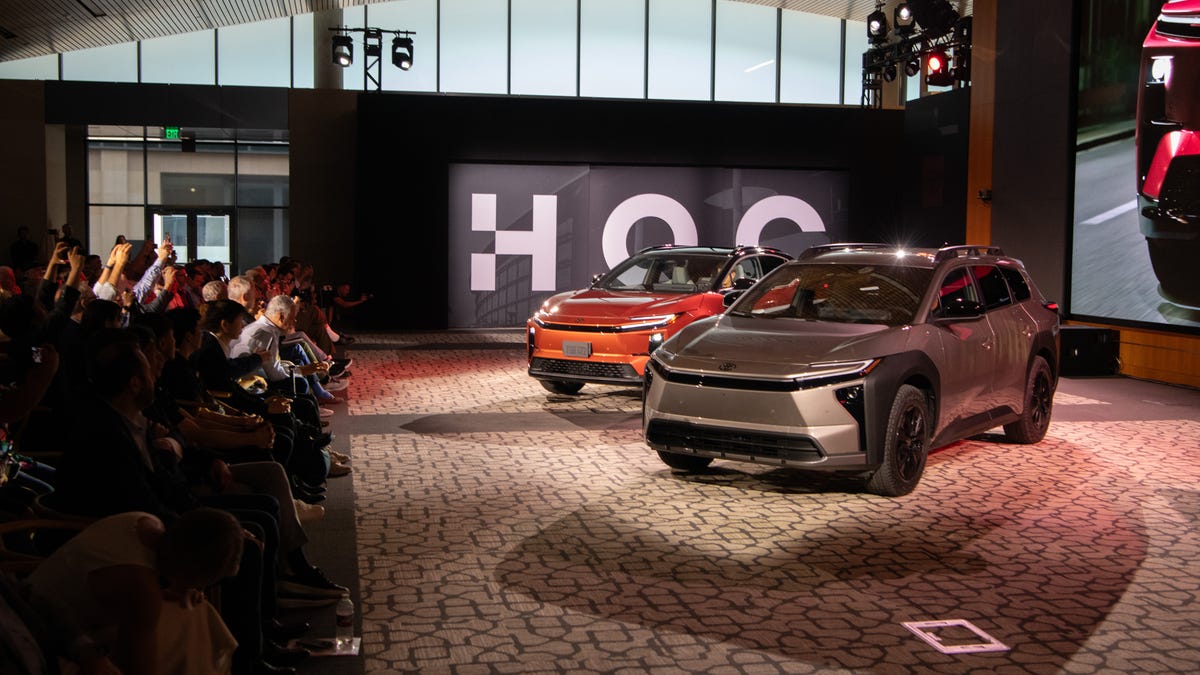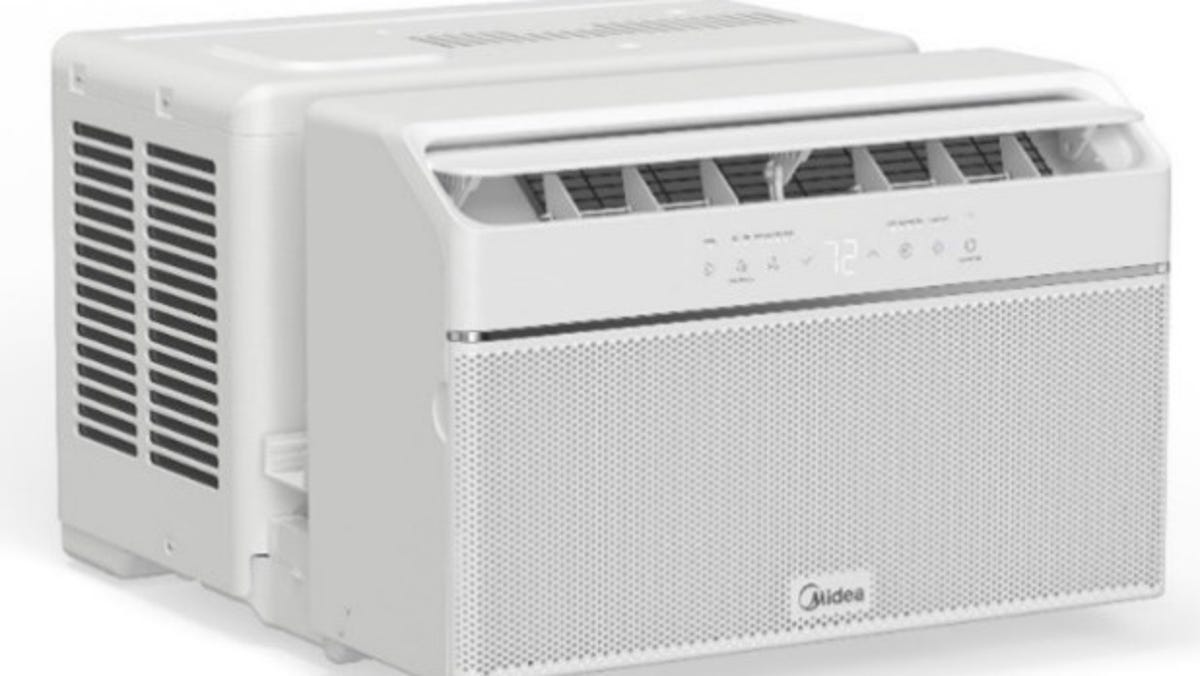
Bradley Cooper new documentary sheds light on caregiving crisis
A new documentary, “Caregiving,” executive produced by Oscar-nominated actor Bradley Cooper, will explore the hidden struggles of caregivers.
unbranded – Entertainment
Yvette Pegues, 38, lives in a wheelchair full time and travels often for work. Recently, on her way to a conference in Miami, she said she ordered a wheelchair-accessible ride and spent nearly $100 to go 12 miles.
Pegues, a board member for disability advocacy group The Arc, said she’s had plenty of unfortunate rideshare interactions. She’s experienced canceled rides, rude drivers and high prices for extra assistance.
“The worst part, honestly, is once I’ve actually gotten an Uber ride, the driver doesn’t always want to assist,” she said.
Even if she can “swing into the car” herself, she said, she still needs help from the driver to get her chair in the trunk or the back seat.
“I’m really, kind of, at their mercy,” Pegues said.
Drivers for UberWAV, who offer wheelchair-accessible rides, must complete a third party certification course on how to help riders enter and exit a vehicle, according to the company. Uber can deactivate the account of any driver who denies transportation to a rider because of their age or disability. And Uber has made strides in recent years to support riders in other ways, including the ability to report safety concerns in real-time and supporting domestic violence survivors during COVID-19.
On June 4, Uber launched its latest accessibility feature, senior accounts, nationwide. These accounts are part of Uber’s family profiles and offer older adults a more streamlined version of the app with larger text, fewer steps and easy-to-follow screens. Their loved ones can help them order a ride and get real-time updates during the senior’s journey, too. But while the company’s efforts to support diverse riders looks good on paper, experts in the aging and disability worlds aren’t sure Uber has the capability to meet all riders where they are without help.
Justin Boogaard, co-founder and CEO of GoGoGrandparent, a third-party platform that helps older adults access rideshare apps, food delivery other smartphone services, said it’s great to see companies like Uber and Lyft investing in accessibility features for seniors and those with disabilities. But he said most of the clients his company works with need more assistance than what an app redesign can offer.
When his clients schedule an Uber ride, Boogaard said, they have difficulty communicating with the driver, confirming their ride and connecting their payment plan − tasks that need an over-the-shoulder assist. And because these clients often don’t have alternatives, a canceled ride is a big deal.
“With older adults, in particular, reliability is more important than anything else. It’s more important than convenience,” Boogaard said.
The worst thing that can happen, he said, is a driver shows up and refuses to help or drives off without even trying to help. That’s where GoGoGrandparent comes in, by booking rides for older Americans and communicating the rider’s needs to the driver. If the driver isn’t comfortable helping with a wheelchair or other accommodations, Boogaard said, GoGoGrandparent can easily redirect the request to another driver who is willing to help.
“An older adult is happy to wait 15 minutes if the driver that shows up is going to load their walker for them,” he said.
Accessibility ‘is about choice,’ Uber rep says
Older adults often face transportation barriers that can further exacerbate health issues and loneliness.
An estimated 18.6 million Americans self-reported travel-limiting disabilities, according to the U.S. Bureau of Transportation Statistics’ 2022 National Household Travel Survey. Nearly 8 million of those respondents were 65 and older, and most of them reported health problems as the top reason for taking fewer trips. A 2019 study by University of Southern California, in which 150 patients 60 and older were given three months of free and unlimited Lyft rides, found 12% of the rides were used for medical appointments. Participants in the study also used Lyft to run errands, to make social visits and to get to fitness classes and other entertainment events.
The study found 90% of participants reported an increase in quality of life.
Transportation is key to independence, and when older adults lose the ability to drive that’s often the beginning of the end of their autonomy, said Seth Sternberg, CEO and co-founder of Honor, an in-home care provider.
Uber’s senior accounts are built for individuals living independently and who don’t need as much assistance as those trying to access a wheelchair accessible vehicle, or those connected to a caregiver account. With senior accounts, older adults can save frequent destinations and loved ones can follow along in the app during rides to get real-time updates on each trip.
Older adults who aren’t part of a family profile can turn on “simple mode,” found in the accessibility settings, to use the more streamlined version of the app.
Uber’s family profiles have accounts for teens and caregivers, too. Family organizers can invite their loved ones to join their account through the app. The company said it will gather feedback from the new senior accounts to inform ongoing work on how to improve user experience for older adults and those with disabilities.
“Senior accounts and Simple mode represent an important milestone in Uber’s ongoing commitment to accessible transportation,” said Ashu Manohar, director of product management at Uber. “These features reflect our dedication to designing technology that meets people where they are and supports mobility at every stage of life.”
For some riders, Uber’s accessibility features make a world of difference.
Three times a week, Michael Cuvilje orders an Uber to his home in New York City to take his mother to her dialysis.
His mother, 93-year-old Bettye Cuvilje, has dementia, kidney disease and heart failure. She lives with Cuvilje and his wife and sister.
“I do own a vehicle, but I find it difficult to get her in and out because some days she’s in, like, a lot of pain,” he said.
With Uber’s wheelchair accessible vehicle feature, he said, “I can just roll her into the back of the vehicle, strap her in and it makes it much more convenient that way.” Wheelchair accessible vehicles are much easier to access in New York than in other areas of the country, Pegues said.
Cuvilje always joins his mother for her Uber rides, since she needs assistance getting in and out of the vehicle and into her appointments. He hasn’t used the family profile or senior account feature yet, but said he’s interested, especially since his sister is 63 and also has difficulty getting around. He said he’s in the process of getting her set up on the app.
“We really believe that accessibility for users is about choice,” said Briana Gilmore, Uber’s head of public policy, accessibility, and underserved communities.
Gilmore said she’s excited to share the senior account feature with her mom, and wishes she’d had more options when she was a caregiver for her father.
“Many of us built this with our loved ones in mind that we’ve been caregivers for,” Gilmore said.
Transportation troubles are larger than rideshare
It’s a “big step in the right direction,” Sternberg said. But when riders have more specialized needs, like help getting in and out of a wheelchair, “it’s just a completely different product” than what traditional rideshare companies are made for. And since Uber contracts its drivers, Boogaard said, it’s difficult to control how individual interactions play out.
“You kind of have to ask yourself, where does one service end a different service begin?” Sternberg said.
The onus to transport older Americans and people with disabilities isn’t totally on rideshare companies like Uber. Perhaps rideshare apps just aren’t the best products for those users, Sternberg said, and companies that do specialize in care for individuals with disabilities should help solve the transportation barrier.
In some cities, wheelchair accessible vehicles are limited or aren’t available at all. Pegues said she’s used medical transport services before, but that can cost hundreds of dollars. And people with disabilities aren’t all old, she said. It’s about time the country’s transportation infrastructure and services caught up “so that we can become more independent.”
“I think in order to solve that problem, that’s where you really start needing the help − especially for older adults that are at the poverty line − you really start needing the help of insurance companies or government support to make those economics work,” Boogaard said.
It’s also about individuals being kind, Sternberg said. And that helps everyone, not just older Americans or those with disabilities.
In an ideal world, Sternberg said, “I can actually trust this driver who is coming to pick me up to be courteous.”
Madeline Mitchell’s role covering women and the caregiving economy at USA TODAY is supported by a partnership with Pivotal Ventures and Journalism Funding Partners. Funders do not provide editorial input. Reach Madeline at memitchell@usatoday.com and @maddiemitch_ on X.









